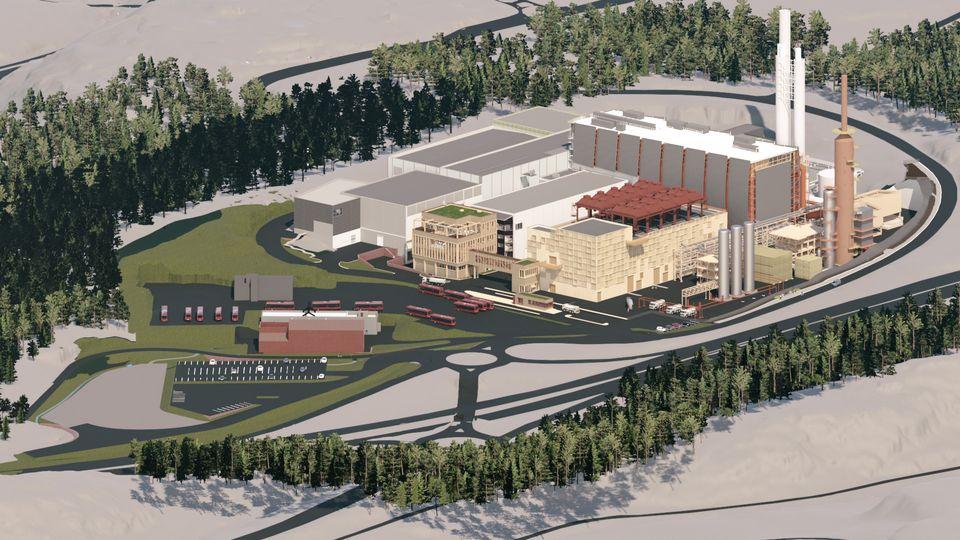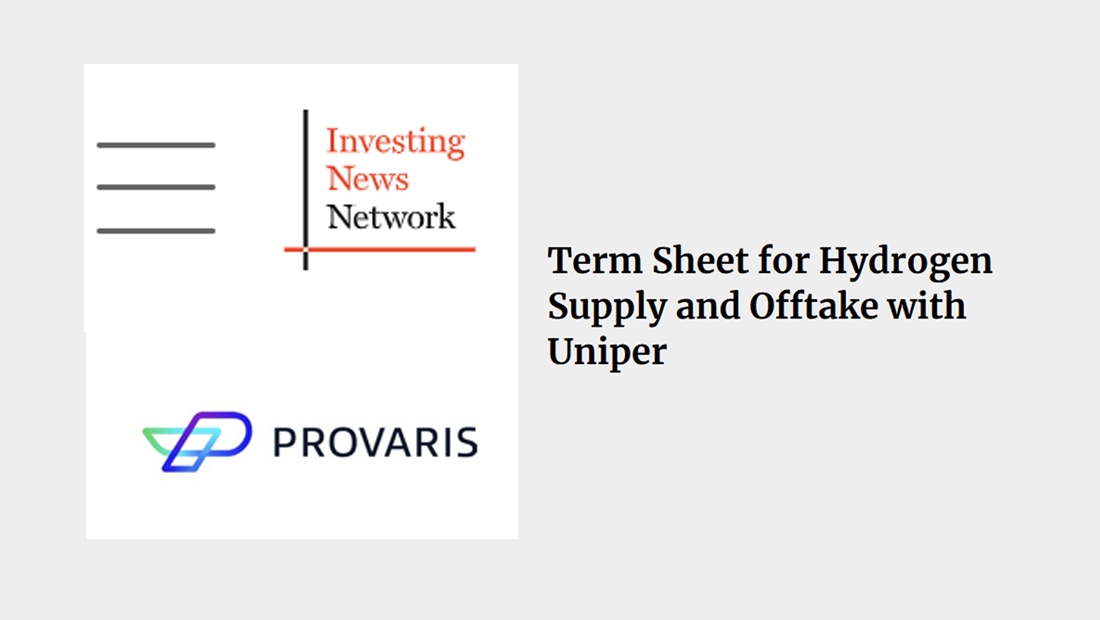Welcome to the Cluster, SiriNor!
Zero emission aviation is on the rise, and a partner enabling this transition has recently joined the Norwegian Hydrogen Cluster. SiriNor's turbines are hydrogen-electric compressors designed for aviation, and will enable emission cuts for the aviation sector - perhaps already from 2025/2026? Get to know SiriNor, their plans and CEO Ivar Aune better in this article and in the upcoming Market Meetup on January 25th.
- In short - what does SiriNor do?
SiriNor’s purpose is to deliver true zero-emission engines which benefit our planet by eliminating all greenhouse gas emissions from aviation. Our stakeholders range from shareholders and employees to anyone who is, or will be, affected by climate change - and we are committed to creating value for them all.
Aviation is responsible for about 3% of global CO2 emissions, or almost a billion tons of CO2 each year. The industry’s share of emissions may raise to 22% by 2050 according to World Economic Forum. Moreover, aviation's climate footprint extends beyond just CO2. Considering non-CO2 effects such as contrails and nitrous oxides, aviation's total footprint may be 2–4x more than that of CO2 alone.
Our turbines are, simply put, hydrogen-electric compressors designed specifically to provide the necessary thrust for aircraft. Advances in green hydrogen production and fuel cell technology will usher in a new era of true zero-emission aviation, and SiriNor will be at the forefront of this revolution with these patent pending, electric jet turbines that will eliminate both CO2 and non-CO2 effects on climate.
«In 2025/2026 we hope to deliver the first turbines to our first customer, Florida-based Sea Cheetah»
Ivar Aune, CEO of Sirinor
- What are your goals for business in the hydrogen market for the upcoming year?
In the upcoming year we will be focussed on the detailed development and testing of our hydrogen-electric jet turbine. In 2025/2026 we hope to deliver the first turbines to our first customer, Florida-based Sea Cheetah. Sea Cheetah are developing so-called ground-effect vehicles.
Our goal is that we together with Sea Cheetah shall provide the most sustainable mode of mass transportation for coastal and island communities which are the domicile of 60% of global population. I hope and believe that there will be a Norwegian market for these vessels, which can transport both passengers and cargo.
- How do you perceive the status for zero emission aviation in Norway today? When will we see the first hydrogen flights take place in Norway, and where will they come first?
Avinor’s ambition is that all domestic aviation shall be electrified by 2040. In 2021, Widerøe Zero stated that they targeted first commercial flights with battery-electric aircraft in 2026. They have since modified their strategy as their battery partner Tecnam halted the development of the P-volt batteries that Widerøe intended to use citing a lack of certainty around improvements in battery performance to deliver a “viable” product.
Electrification of aviation is the way to go to reduce or even eliminate the industry’s effect on climate, and hydrogen, in our opinion, is the preferred energy carrier of the future. While we believe that the first electric aircraft will use propellers our turboprop engines - watch what UK-based ZeroAvia are doing - our goal is that our electric jet turbines will be certified and flight proven by 2028.
«In short, the first commercial electric flights in Norway will take place in this decade.»
Ivar Aune, CEO of Sirinor
Three potential first routes have been mentioned publicly by various stakeholders. They are Stavanger-Bergen, Førde-Bergen, and Oslo-Bergen. We are based in Stavanger, so we are of course routing for the former alternative. Personally, I hope that the first international electric route will connect the two oil capitols of Stavanger and Aberdeen. This would strongly signal a willingness and ability to transition away from the fossil economy. And, obviously, I want the first aircraft making it across “the large fjord” without emissions to do so using SiriNor jet turbines.
- What is your motivation and wishes for cooperation with partners of the Norwegian Hydrogen Cluster?
We are joining the cluster because we strongly believe that hydrogen is the energy carrier of the future and that hydrogen together with direct electrification will displace the use of fossil fuels across all industries including aviation. We need to have a realistic view on the speed of transition in the aviation industry, and do understand this, we need to understand how and where the greater hydrogen economy is evolving. Our cluster membership will ensure that we stay informed. In return, we can provide insight to cluster members who want to position themselves for future opportunities in aviation.
We are also looking for industry partners and investors. At this point in time, particularly investors. We are currently raising seed capital of up to USD 3 million in order to be able to deliver engines to Sea Cheetah according to their schedule.


